Cherry Barb: Everything You Need to Know!
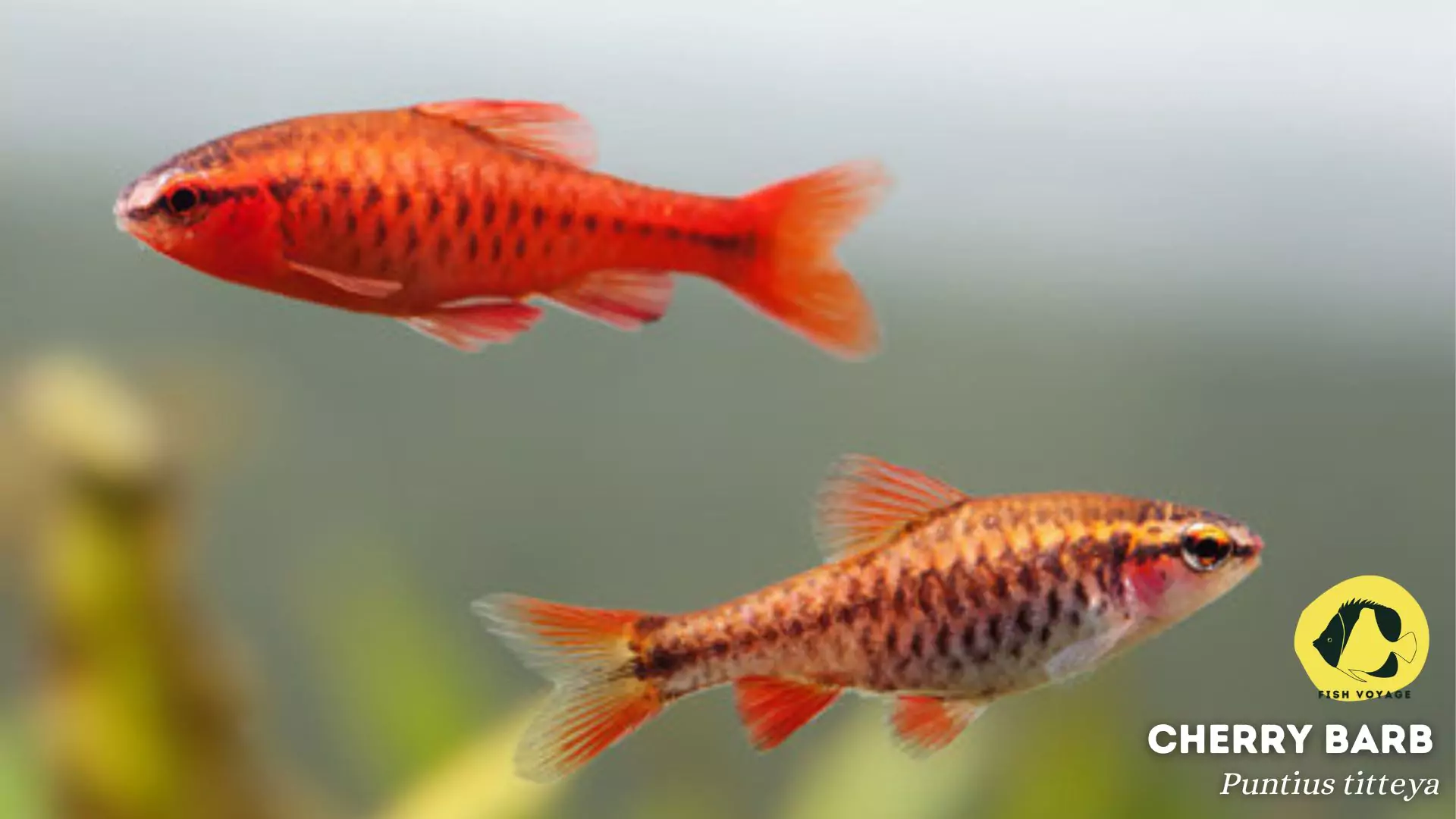
Welcome to our comprehensive guide on Cherry Barb, a beloved and sought-after aquarium fish renowned for its vibrant colors and lively demeanor. As one of the most popular choices among aquarists, Cherry Barb (Puntius titteya) brings both beauty and personality to any freshwater tank. In this article, we’ll delve into everything you need to know about caring for Cherry Barb, from setting up the perfect aquarium environment to understanding their dietary needs and breeding behavior.
Whether you’re a novice hobbyist or a seasoned aquarist, this guide aims to provide valuable insights and practical tips to ensure the health and happiness of your Cherry Barb companions. Join us as we explore the fascinating world of Cherry Barb and discover the joys of keeping these captivating fish in your own aquatic habitat.
Overview of Cherry Barb
Basic Information
- Scientific Name: Puntius titteya
- Origin: Cherry Barb originates from Sri Lanka, where it inhabits freshwater streams and rivers.
Appearance
- Size: Cherry Barb typically grows to about 2 inches (5 centimeters) in length.
- Coloration: These fish are named for their striking cherry-red coloration, which adorns their bodies and fins. They also feature black markings on their dorsal and caudal fins, adding to their allure.
- Distinguishing Features: Cherry Barb boasts a slender body with a slightly rounded shape. They have a forked tail fin and two pairs of barbels near their mouth, which aid in sensing their surroundings.

Natural Habitat and Behavior
- Habitat: In the wild, Cherry Barb thrives in slow-moving streams and rivers with dense vegetation. They prefer areas with plenty of hiding spots among submerged plants and roots.
- Behavior: Cherry Barb is known for its active and social nature. They often swim in schools, displaying playful and curious behavior. In their natural habitat, they feed on small insects, algae, and plant matter, foraging among the vegetation for sustenance.
Setting Up the Aquarium
Ideal Tank Size and Setup
- Tank Size: A minimum tank size of 20 gallons is recommended for keeping a small group of Cherry Barb. However, larger tanks provide more swimming space and are preferable if you plan to keep a larger community of fish.
- Setup: Create a natural-looking environment by incorporating live plants, driftwood, and rocks to mimic their native habitat. Provide ample hiding spots and open swimming areas to accommodate Cherry Barb’s active nature.
Water Parameters
- Temperature: Maintain a water temperature between 72°F to 80°F (22°C to 27°C) for Cherry Barb, as they thrive in tropical conditions.
- pH Level: Keep the pH level of the water in the range of 6.0 to 7.5, as Cherry Barb prefers slightly acidic to neutral water conditions.
- Water Hardness: Aim for a water hardness between 5 to 15 dGH (degrees of General Hardness) to ensure optimal health and well-being for Cherry Barb.
Tank Mates and Decorations
- Compatible Tank Mates: Cherry Barb is generally peaceful and can coexist with a variety of community fish species such as tetras, rasboras, and peaceful catfish. Avoid keeping them with aggressive or territorial species that may intimidate or harass them.
- Decorations: Incorporate dense vegetation such as Java moss, Anubias, and Amazon swords to provide shelter and spawning sites for Cherry Barb. Use smooth gravel or sand substrate to create a natural bottom for the tank.
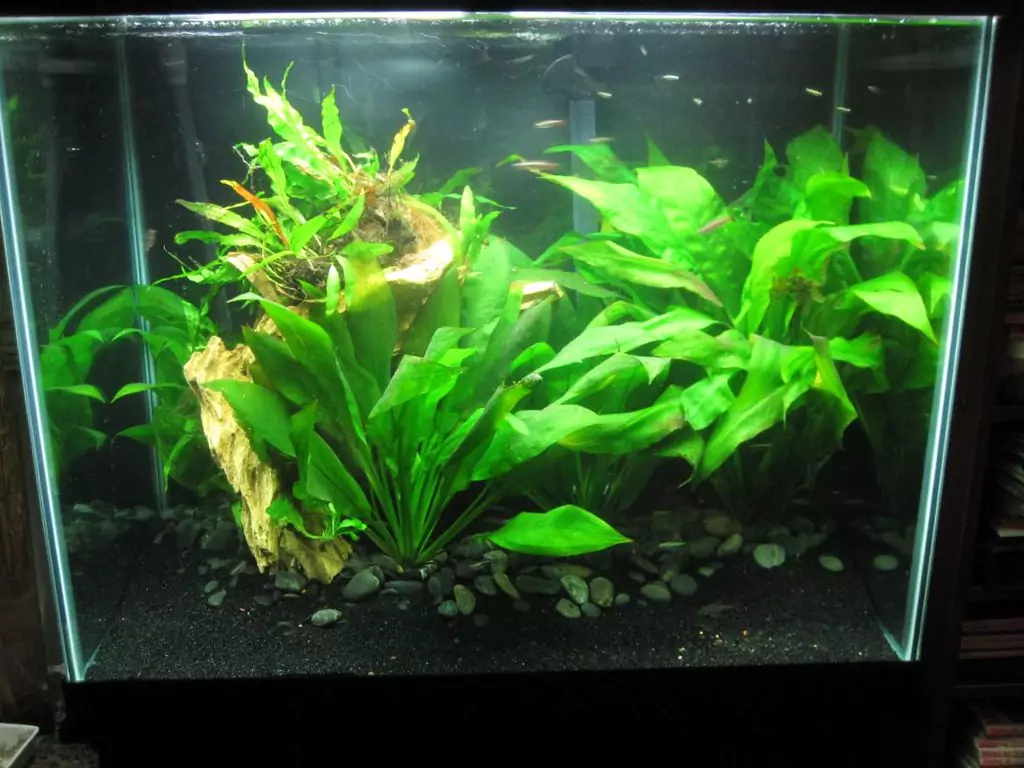
Feeding and Diet
Dietary Preferences in the Wild
In their natural habitat, Cherry Barb primarily feeds on small insects, algae, and plant matter. They are omnivorous by nature, scavenging for food among the vegetation and substrate of slow-moving streams and rivers.
Suitable Foods for Cherry Barb in Captivity
- Commercial Flakes and Pellets: High-quality commercial flakes and pellets formulated for tropical fish make excellent staple foods for Cherry Barb. Look for products specifically designed to meet the nutritional needs of barbs and other omnivorous fish.
- Live and Frozen Foods: Supplement their diet with live or frozen foods such as bloodworms, brine shrimp, and daphnia to provide variety and essential nutrients. These foods mimic their natural prey and can enhance their overall health and coloration.
Feeding Tips and Guidelines
- Feed Cherry Barb small portions multiple times a day, rather than one large meal, to mimic their natural feeding behavior and prevent overeating.
- Monitor their feeding habits and adjust the amount of food accordingly to avoid underfeeding or overfeeding. Uneaten food can pollute the water and lead to water quality issues.
- Ensure that all food offered is consumed within a few minutes to prevent leftovers from fouling the tank.
- Occasionally, introduce fresh vegetables such as blanched zucchini or spinach to provide additional fiber and nutrients to their diet.
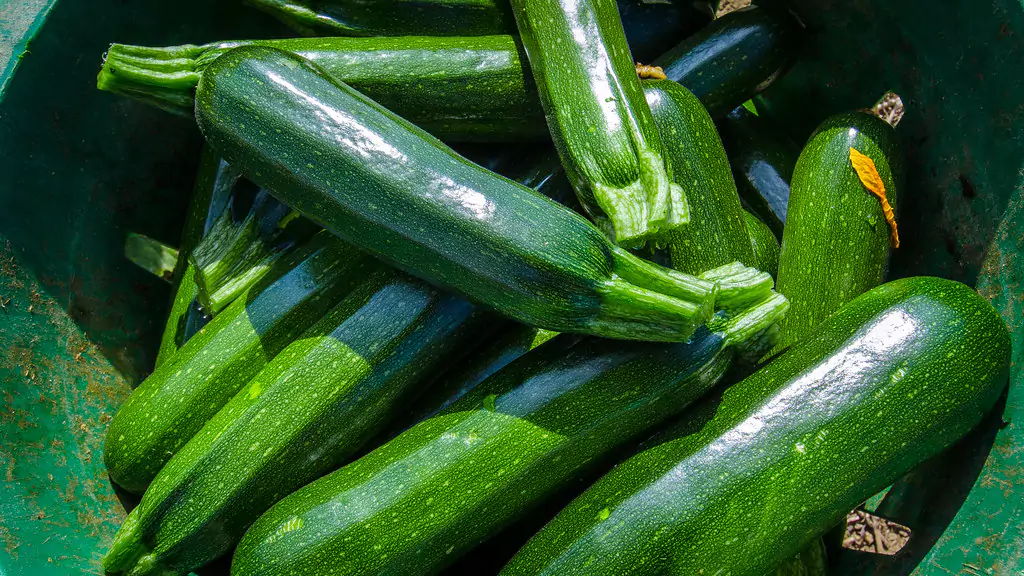
Breeding Cherry Barb
- Cherry Barb exhibits typical egg-scattering breeding behavior, where the male and female fish engage in courtship rituals before spawning.
- During courtship, the male intensifies its coloration and displays vigorous chasing behavior towards the female. The female responds by showing her readiness to spawn through submissive postures.
- Once the female is receptive, the pair will spawn, releasing eggs and milt into the water, where fertilization occurs.
Setting Up a Breeding Tank and Conditions
- Prepare a separate breeding tank with a capacity of at least 10 gallons, equipped with a sponge filter to provide gentle water flow and prevent fry from being sucked into the filter.
- Include fine-leaved plants such as Java moss or spawning mops to provide spawning sites and protect the eggs from being eaten by the adult fish.
- Maintain water conditions conducive to breeding, including a temperature range of 78°F to 82°F (25°C to 28°C) and slightly acidic to neutral pH levels between 6.5 to 7.0.
Breeding Process and Steps to Raise Fry Successfully
- Introduce a pair of healthy and mature Cherry Barb into the breeding tank and provide them with ample hiding spots and vegetation.
- Monitor the breeding behavior closely, as the male will actively pursue the female, prompting her to release eggs among the plants or spawning mops.
- After spawning, remove the adult fish from the breeding tank to prevent them from consuming the eggs.
- Continue to maintain optimal water conditions and provide gentle aeration to ensure the eggs receive sufficient oxygenation.
- After hatching, the fry will initially feed on their yolk sacs and later transition to feeding on infusoria or commercially available fry food.
- As the fry grow, gradually introduce finely crushed flakes and powdered foods to their diet, ensuring they receive adequate nutrition for healthy growth.
- Perform regular water changes to maintain water quality and remove any uneaten food or debris from the tank.
- As the fry mature, consider separating them into a grow-out tank to prevent overcrowding and facilitate their growth and development.

Common Health Issues
- Ich (White Spot Disease): Cherry Barb is susceptible to ich, a common parasitic infection characterized by white spots on the body and fins. This disease is often caused by stress, poor water quality, or sudden fluctuations in temperature.
- Fin Rot: Fin rot is another prevalent ailment among Cherry Barb, typically caused by bacterial infections resulting from poor water conditions or injuries. Symptoms include frayed or disintegrating fins, along with redness or inflammation around the affected area.
- Dropsy: Dropsy is a serious condition characterized by swelling or bloating of the fish’s body due to fluid retention. It can be caused by bacterial infections, poor water quality, or underlying health issues. Common symptoms include protruding scales, lethargy, and loss of appetite.
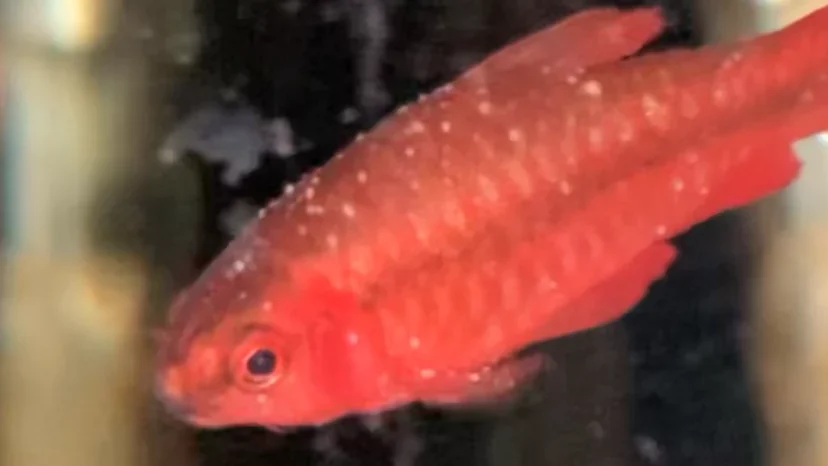
Prevention and Treatment
- Maintain optimal water quality by performing regular water changes and monitoring ammonia, nitrite, and nitrate levels. Ensure proper filtration and aeration to keep the water clean and well-oxygenated.
- Quarantine new fish before introducing them to the main tank to prevent the spread of diseases. Observe them closely for signs of illness and treat them accordingly before adding them to the community.
- Provide a balanced diet rich in essential nutrients to boost the immune system of Cherry Barb and enhance their overall health and resilience to diseases.
- Treat infected fish promptly with appropriate medications or remedies, following the manufacturer’s instructions carefully. Quarantine affected individuals to prevent the spread of illness to other tankmates.
Regular Maintenance and Monitoring Practices
- Conduct regular visual inspections of Cherry Barb to detect any signs of illness or abnormal behavior early on. Look out for changes in appetite, coloration, or swimming patterns, which may indicate underlying health issues.
- Monitor water parameters consistently using reliable test kits and make necessary adjustments to maintain optimal conditions for Cherry Barb. Keep temperature, pH, and hardness within recommended ranges to support their health and well-being.
- Perform routine tank maintenance tasks such as gravel vacuuming, filter cleaning, and algae removal to prevent the buildup of waste and debris, which can contribute to poor water quality and stress in fish.
Conclusion
In conclusion, we’ve explored the fascinating world of Cherry Barb, covering everything from their origins and appearance to their care requirements, breeding behavior, and common health issues. By following the guidelines outlined in this article, you can create a thriving aquarium environment for your Cherry Barb companions and enjoy the beauty and charm they bring to your aquatic hobby. We encourage you to share your experiences with Cherry Barb in the comments below and feel free to ask any questions you may have. Together, let’s continue to learn and grow as responsible aquarists, ensuring the health and happiness of our beloved Cherry Barb. Thank you for joining us on this journey!
Additional Resources
Books for Further Reading
- Cherry Barb Care by Tabitha Jones: This comprehensive book provides in-depth information on the care, breeding, and maintenance of Cherry Barb, making it an essential resource for aquarists of all levels.
- 500 Freshwater Aquarium Fish by Greg Jennings: This comprehensive full-color reference covers 500 of the most popular freshwater aquarium fish. It provides concise at-a-glance information on their behavior, diet and breeding along with guidance and recommendations on setting up a freshwater aquarium.
Recommended Products
- API Freshwater Master Test Kit: Ensure accurate monitoring of water parameters with this comprehensive test kit, essential for maintaining optimal conditions for Cherry Barb and other aquarium inhabitants.
- Hikari Tropical Micro Pellets: These high-quality micro pellets are formulated to meet the nutritional needs of small and mid-size tropical fish like Cherry Barb, promoting vibrant coloration and overall health.
- Fluval Spec III Aquarium Kit: Create a sleek and modern habitat for your Cherry Barb with this compact aquarium kit, featuring LED lighting, a powerful filtration system, and an elegant design suitable for any living space.
Frequently Asked Questions (FAQs)
1. What size tank do Cherry Barb need?
Cherry Barb thrive in aquariums with a minimum size of 20 gallons, providing ample space for swimming and exploring. Larger tanks offer more stability and can accommodate a greater number of Cherry Barb or other compatible fish species.
2. Are Cherry Barb suitable for community tanks?
Yes, Cherry Barb are peaceful fish and can coexist harmoniously with a variety of community fish species such as tetras, rasboras, and peaceful catfish. However, it’s essential to avoid keeping them with aggressive or territorial fish that may intimidate or harass them.
3. What do Cherry Barb eat?
In the wild, Cherry Barb feed on small insects, algae, and plant matter. In captivity, they readily accept a varied diet consisting of high-quality commercial flakes and pellets, supplemented with live or frozen foods such as bloodworms, brine shrimp, and daphnia to provide essential nutrients and variety.
4. How do I breed Cherry Barb?
To breed Cherry Barb, set up a separate breeding tank with fine-leaved plants or spawning mops and maintain water conditions conducive to breeding (temperature: 78°F to 82°F, pH: 6.5 to 7.0). Introduce a pair of mature Cherry Barb and monitor their breeding behavior closely. After spawning, remove the adults and raise the fry on a diet of infusoria and later, powdered foods.
5. What are common health issues for Cherry Barb?
Common health issues for Cherry Barb include ich (white spot disease), fin rot, and dropsy. These ailments are often caused by poor water quality, stress, or bacterial infections. To prevent health issues, maintain optimal water parameters, provide a balanced diet, and promptly treat any signs of illness with appropriate medications.


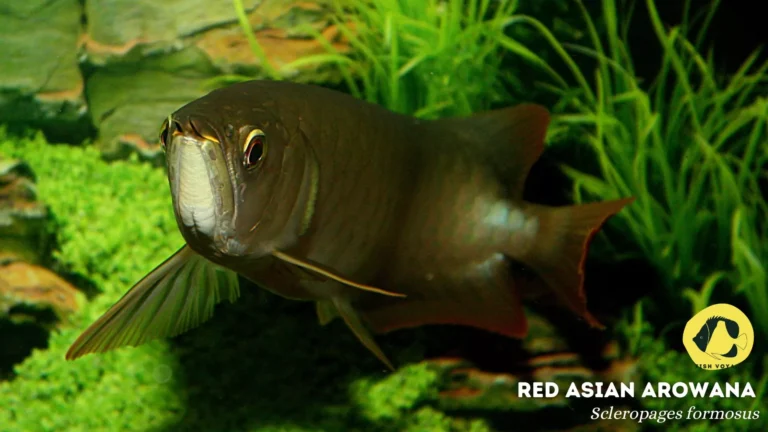
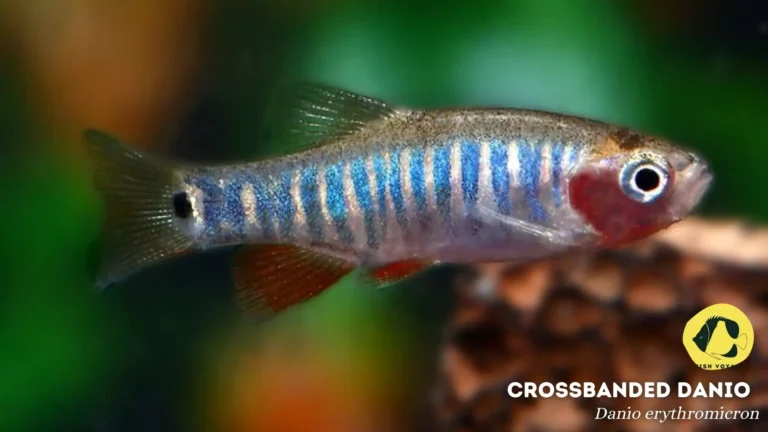

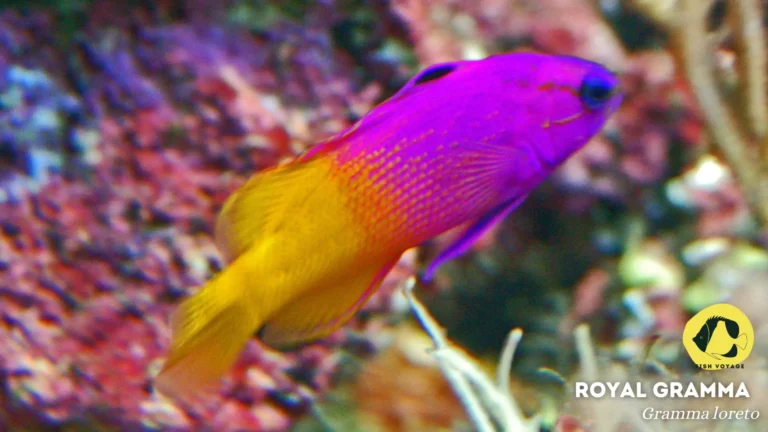
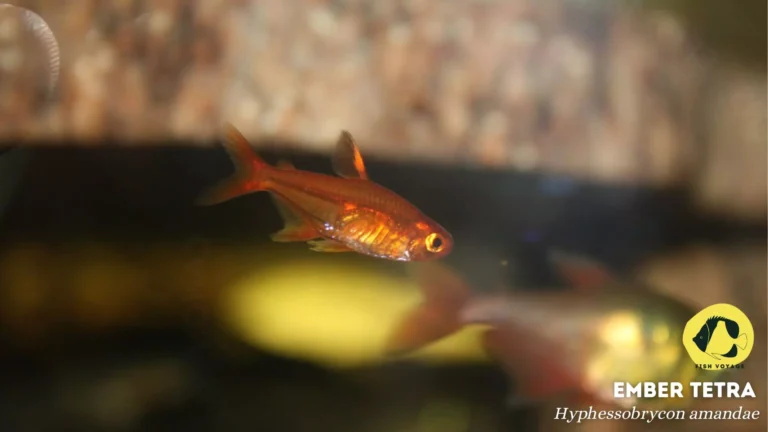
Pretty nice post. I simply stumbled upon your weblog and wanted to say that I’ve really enjoyed browsing your blog posts. After all I will be subscribing to your feed and I am hoping you write once more soon!
Thank you so much for your kind words! We’re thrilled to hear you find the content appealing. Stay tuned for more interesting posts!